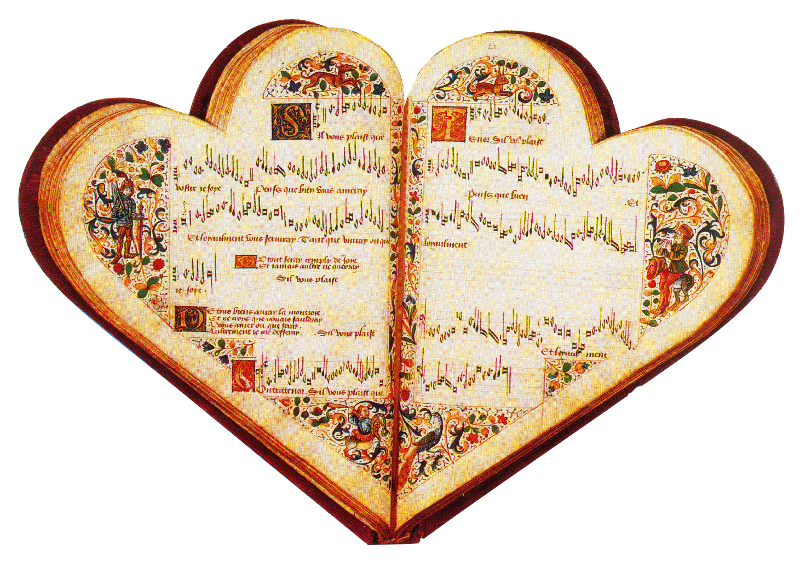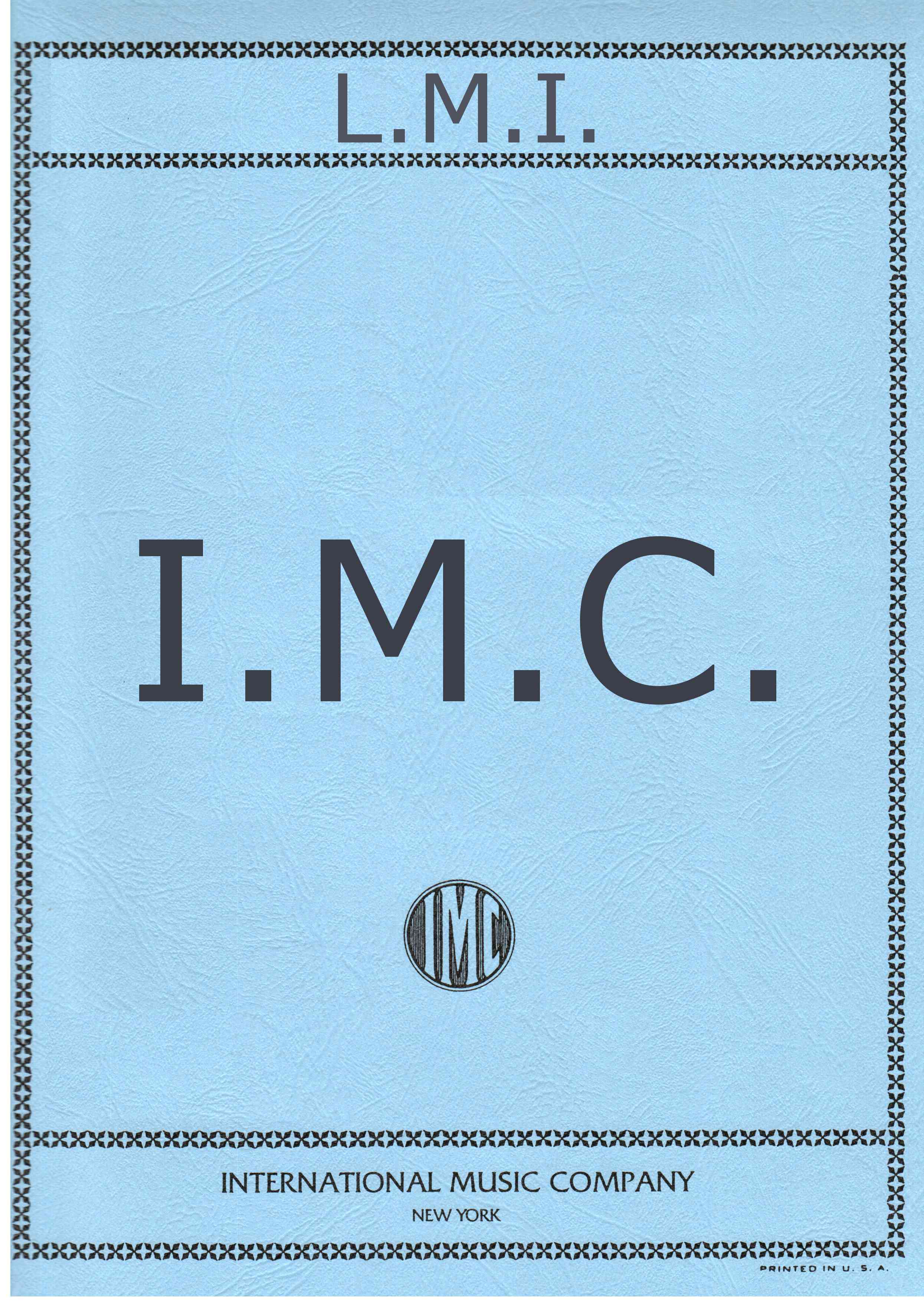Sonatas In F Minor And E-Flat Major For Viola And Piano Op. 120 BRAHMS JOHANNES
Classique
Description :
Brahms had already announced his „retirement" from composition when in the spring of 1894 he played chamber music with the cellist Robert Hausmann and the clarinettist Richard Mühlfeld. This encounter apparently renewed his enthusiasm for Mühlfeld's much admired playing and inspired him to write two clarinet sonatas in the summer of the same year. It remains unclear when exactly Brahms drafted viola parts to his two sonatas. In any case the viola and clarinet versions of the works were first published by Simrock at the same time in 1895. Today there is no doubt about Brahms' authorship of the viola parts. They include important differences from the clarinet original in order to do justice to this string instrument.
An important part of this edition is the extensive preface. Firstly it informs about the sonatas' origins, their compositional process, pre-publication performances, their publication history as well as early reception. Truly remarkable is the unique Performance Practice Commentary. Here the editors start from the premise that already a few decades after Brahms' death, a widening gulf developed between the composer's expectations and the performance practices of the early 20th century. On the basis of manifold sources which include memoirs by pupils and chamber music partners, treatises and essays, early instructive editions and historical recordings, the editors deal with key issues in understanding Brahms' notation. By a section-by-section analysis of rhythm and timing, dynamics and accentuation, dots and strokes, slurring and non legato, piano pedalling and overholding, piano arpeggiation and dislocation, string instrument fingering, string instrument harmonics and vibrato, the editors provide an indispensable assistance for a historically informed interpretation of the works.
At the same time, the edition offers an exciting and often surprising insight into musical interpretation of the German Romantic Era in general.
- A pioneering Urtext edition
- With an unmarked Urtext part
- With a second part including fingering and bowing based on the practices of contemporaries of Brahms
- With an extensive Performance Practice Commentary
- For further information on Romantic performance practice we recommend the text booklet: "Performance Practices in Johannes Brahms' Chamber Music”, BA 9600



 Gagnez un bon d'achat dès 50€
Gagnez un bon d'achat dès 50€
 30 jours pour changer d'avis
30 jours pour changer d'avis





